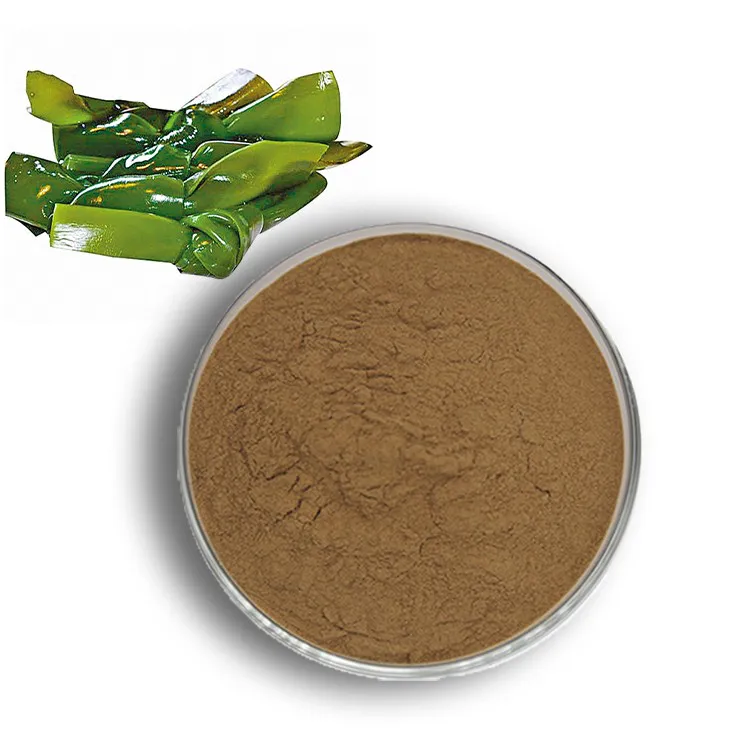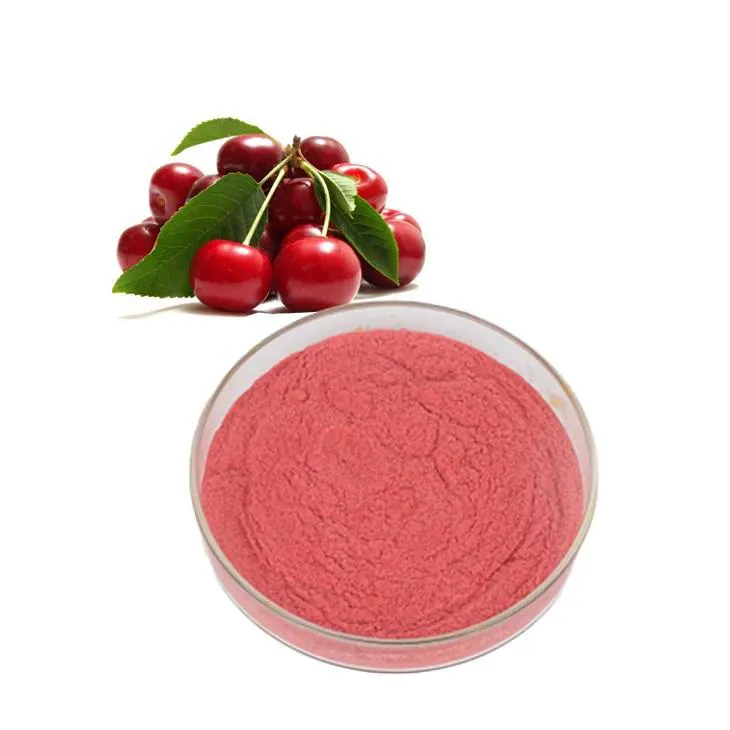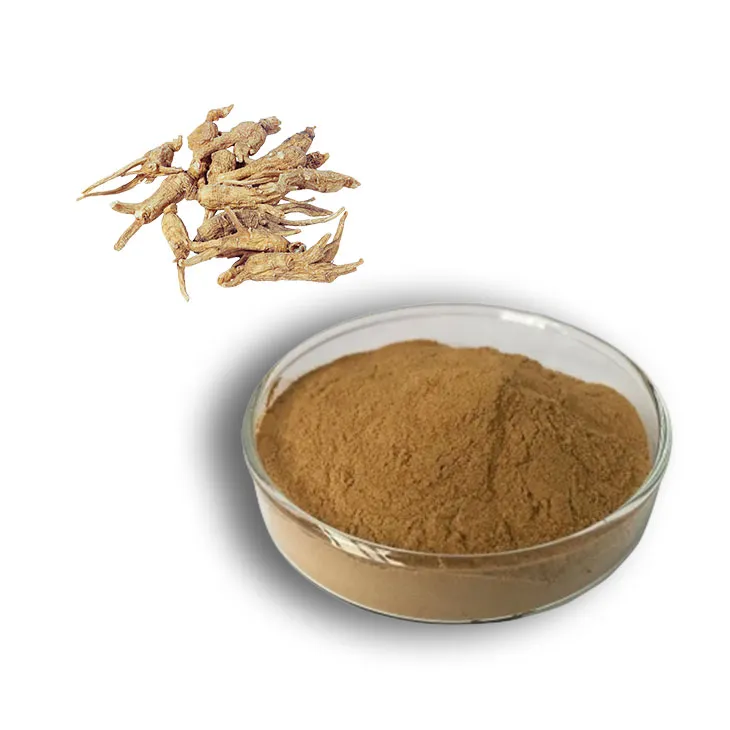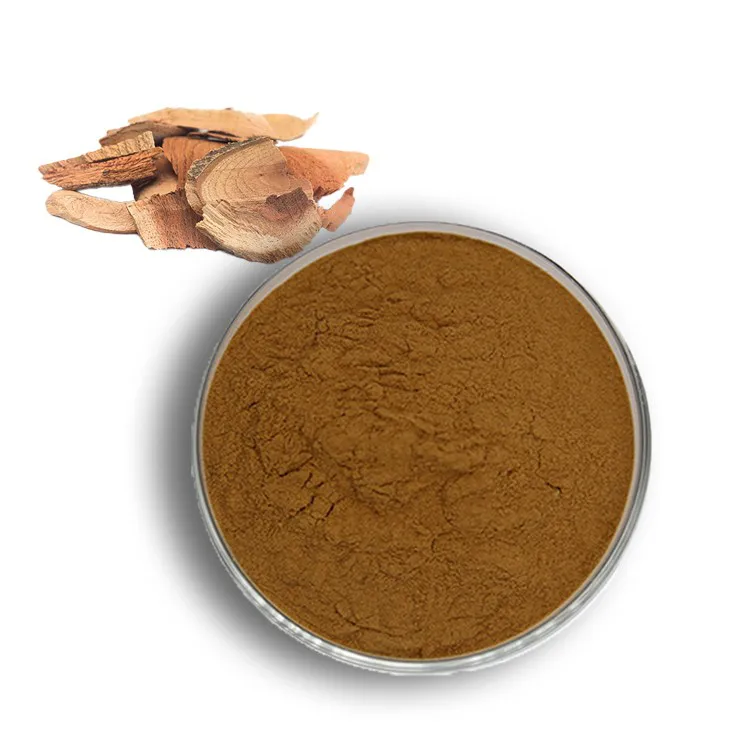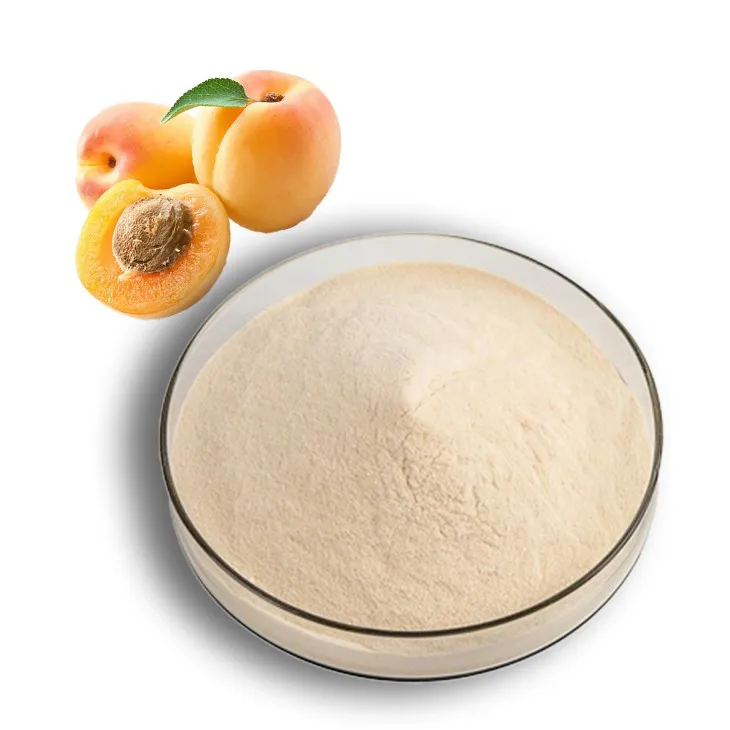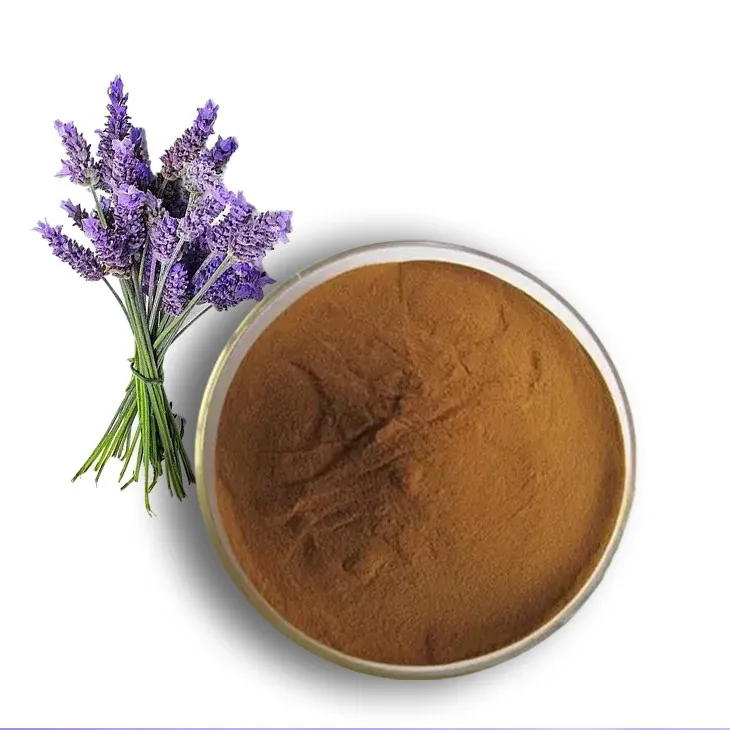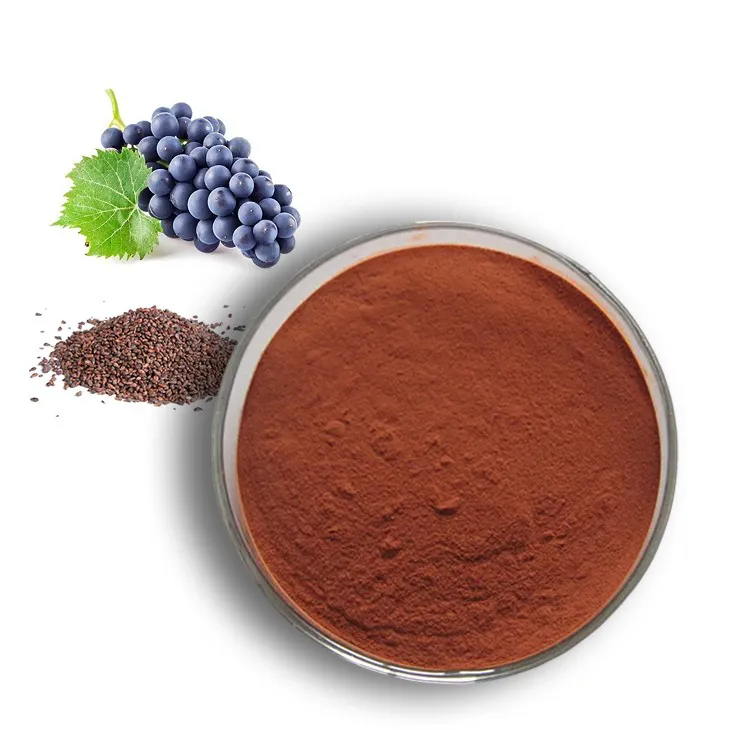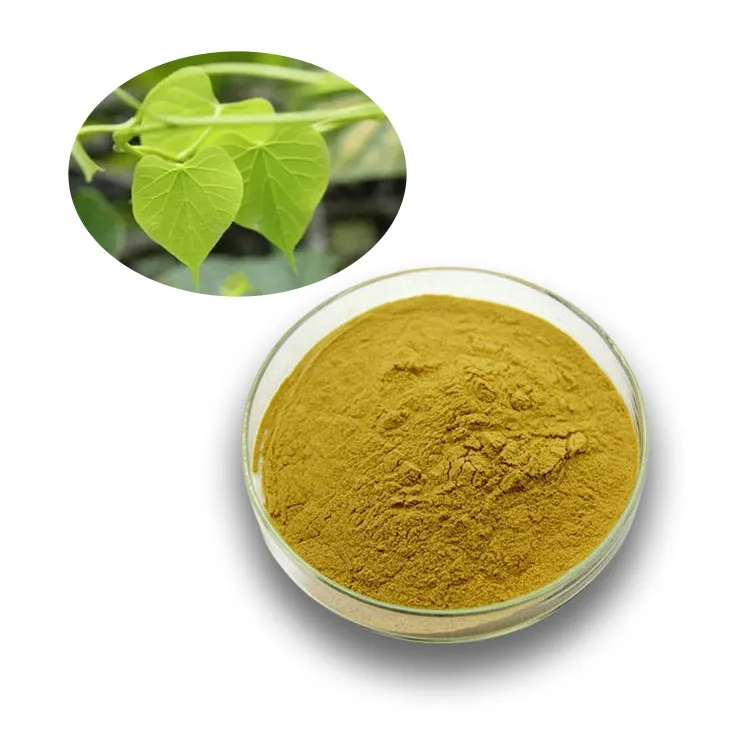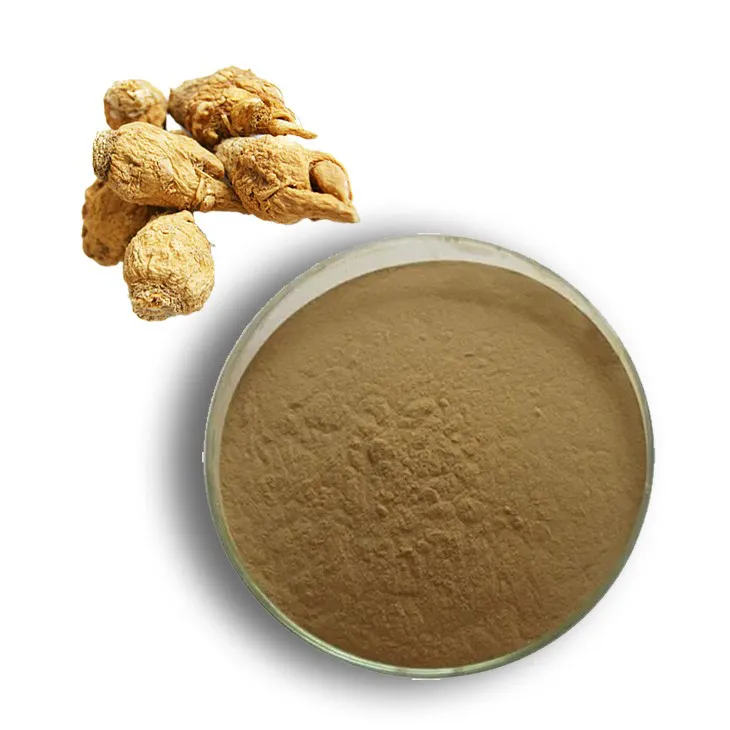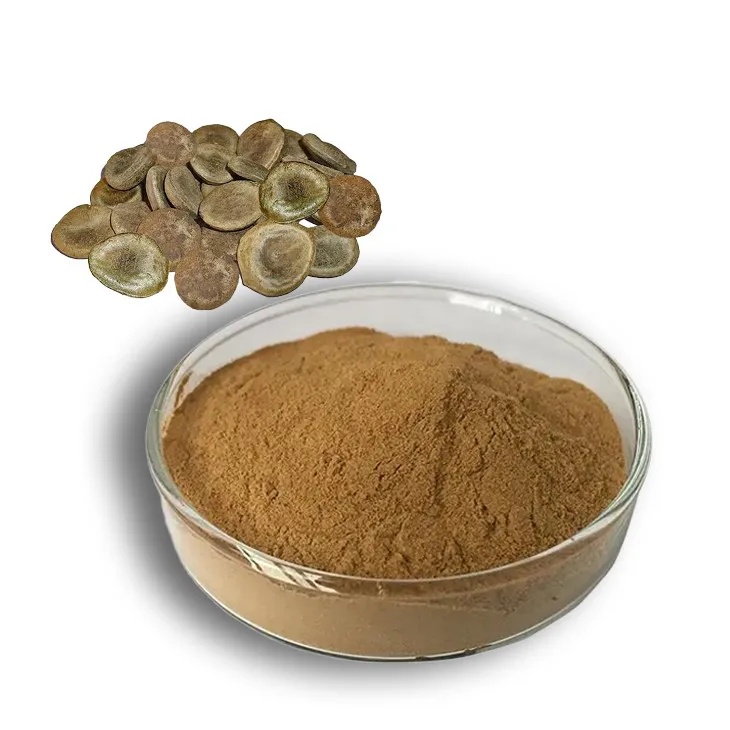- 0086-571-85302990
- sales@greenskybio.com
how to store plant extracts
2023-09-26
1. Importance of Proper Storage
1. Importance of Proper Storage
Proper storage of plant extracts is crucial for maintaining their potency, efficacy, and quality over time. Plant extracts are derived from various parts of plants, such as leaves, roots, seeds, and flowers, and contain a complex mixture of bioactive compounds, including alkaloids, flavonoids, and terpenes. These compounds are sensitive to environmental factors and can degrade if not stored correctly, leading to a loss of therapeutic value and potential spoilage.
1.1 Preservation of Bioactive Compounds
The primary reason for storing plant extracts properly is to preserve the bioactive compounds responsible for their medicinal and aromatic properties. These compounds can be easily affected by light, heat, moisture, and oxygen, which can lead to oxidation, hydrolysis, and other chemical reactions that degrade their structure and function.
1.2 Ensuring Consistency and Reliability
Proper storage ensures the consistency and reliability of plant extracts in various applications, such as pharmaceuticals, cosmetics, and food products. Consistent quality is essential for maintaining the desired effects and safety of these products, as well as for meeting regulatory standards and consumer expectations.
1.3 Extending Shelf Life
By controlling the factors that affect the stability of plant extracts, proper storage can significantly extend their shelf life. This is particularly important for businesses that rely on these extracts for their products, as it helps reduce waste, lower costs, and ensure a continuous supply.
1.4 Preventing Contamination and Spoilage
Proper storage also helps prevent contamination and spoilage, which can occur due to the presence of microorganisms, pests, or foreign substances. Contamination can not only compromise the quality and safety of plant extracts but also lead to legal and reputational risks for businesses.
1.5 Facilitating Research and Development
For researchers and product developers, proper storage of plant extracts is essential for conducting experiments and developing new products. It ensures that the extracts used in research are stable and consistent, allowing for accurate and reliable results.
1.6 Supporting Sustainable Practices
Proper storage of plant extracts supports sustainable practices by reducing waste and promoting the efficient use of natural resources. By extending the shelf life and maintaining the quality of plant extracts, businesses can minimize their environmental footprint and contribute to a circular economy.
In summary, proper storage of plant extracts is essential for preserving their bioactive compounds, ensuring consistency and reliability, extending shelf life, preventing contamination and spoilage, facilitating research and development, and supporting sustainable practices. The following sections will provide guidance on understanding the composition of plant extracts, factors affecting storage life, choosing the right storage containers, and techniques for long-term preservation.
2. Understanding the Composition of Plant Extracts
2. Understanding the Composition of Plant Extracts
Understanding the composition of plant extracts is crucial for proper storage as it influences their stability, reactivity, and shelf life. Plant extracts are complex mixtures derived from various parts of plants, such as leaves, roots, flowers, and seeds. They contain a wide range of bioactive compounds, including:
- Polyphenols: These are a large group of naturally occurring compounds with antioxidant properties. They are sensitive to light and oxygen, which can lead to degradation.
- Volatile Oils: Also known as essential oils, these are aromatic compounds that evaporate easily. They are highly reactive and can be affected by heat, light, and air exposure.
- Alkaloids: These are naturally occurring organic compounds that contain mostly basic nitrogen atoms. They can be sensitive to changes in pH and temperature.
- Carotenoids: These are pigments responsible for the red, orange, and yellow colors in plants. They are sensitive to light, heat, and oxygen.
- Flavonoids: A group of plant pigments that also have antioxidant properties. They can be affected by various environmental factors.
- Tannins: These are a class of compounds that can bind to proteins and cause them to precipitate. They are sensitive to oxygen and can be reactive with other compounds.
- Saponins: These are foaming agents found in many plants and can be affected by moisture and temperature.
- Terpenes: These are a large group of organic compounds produced by a variety of plants. They are sensitive to heat and light.
The composition of plant extracts can vary greatly depending on the plant species, the part of the plant used, the method of extraction, and the conditions under which the extraction was performed. This variability means that storage conditions must be tailored to the specific extract to ensure its stability and longevity.
For effective storage, it is important to understand the chemical properties of the key components in the extract, as well as any potential interactions between these components. This knowledge will help in selecting appropriate storage conditions and containers that minimize the risk of degradation and maintain the integrity of the extract.
3. Factors Affecting Storage Life
3. Factors Affecting Storage Life
Proper storage of plant extracts is crucial to maintain their potency, efficacy, and quality. Several factors can significantly impact the storage life of these valuable natural products. Understanding these factors is essential for ensuring the longevity and integrity of plant extracts.
Temperature: Temperature is one of the most critical factors affecting the storage life of plant extracts. High temperatures can accelerate the degradation of active compounds, leading to a loss of potency. It is generally recommended to store plant extracts in a cool environment, ideally between 2°C to 8°C (35°F to 46°F), to minimize degradation.
Humidity: Excessive humidity can lead to the growth of mold and bacteria, which can contaminate the extracts and degrade their quality. Maintaining a relative humidity of less than 50% is advisable to prevent moisture-related issues.
Light Exposure: Light, particularly ultraviolet (UV) light, can cause photochemical reactions that degrade the active constituents of plant extracts. Storing extracts in opaque or amber-colored containers and away from direct sunlight is essential to prevent light-induced degradation.
Oxygen: Oxygen can react with the compounds in plant extracts, leading to oxidation and spoilage. Minimizing the exposure to air by sealing containers tightly and using vacuum or inert gas packaging can help to extend the shelf life.
pH Levels: The acidity or alkalinity of the storage environment can affect the stability of certain compounds in plant extracts. Some extracts may require a specific pH range to maintain their stability, and buffering agents may be used to control the pH during storage.
Contaminants: The presence of contaminants, such as heavy metals, pesticides, or other foreign substances, can affect the quality and safety of plant extracts. Ensuring that the storage environment is clean and free from potential contaminants is crucial.
Time: The length of time that plant extracts are stored also plays a role in their degradation. Even under optimal conditions, the potency of some extracts may decline over time due to natural chemical changes.
By carefully considering these factors and implementing appropriate storage practices, it is possible to significantly extend the storage life of plant extracts, ensuring that they remain effective and safe for use in various applications.
4. Choosing the Right Storage Containers
4. Choosing the Right Storage Containers
Proper storage of plant extracts is crucial to maintain their potency, stability, and efficacy. The choice of storage containers plays a pivotal role in ensuring the longevity and quality of these extracts. Here are some key considerations when selecting the right storage containers for plant extracts:
1. Material: The material of the container should be inert and non-reactive to prevent any chemical interaction with the plant extracts. Glass, stainless steel, and high-density polyethylene (HDPE) are commonly used materials due to their non-reactive properties.
2. Barrier Properties: Containers should have good barrier properties to protect the extracts from light, oxygen, and moisture, which can degrade the active components. Amber or cobalt blue glass bottles are often preferred for their light-blocking capabilities.
3. Sealing Mechanism: A tight seal is essential to prevent contamination and evaporation. Containers with airtight caps, such as screw-top vials or bottles with septa for syringe access, are ideal for long-term storage.
4. Size and Volume: Choose containers that are appropriately sized for the volume of the extract. Overly large containers may leave too much air space, which can increase the risk of oxidation, while too small containers may not provide enough room for the extract to be properly sealed.
5. Ease of Use: Consider the ease of use when dispensing the extracts. Some containers may have features like dropper caps for easy application, or wide mouths for scooping solid extracts.
6. Sterility: For laboratory or pharmaceutical applications, containers should be sterile to avoid introducing contaminants into the extracts.
7. Compatibility with Preservation Techniques: If you plan to use preservation techniques such as freezing or vacuum sealing, ensure that the containers are compatible with these processes.
8. Cost-Effectiveness: While it's important to invest in high-quality containers, consider the cost-effectiveness, especially if you are storing large quantities of plant extracts.
9. Environmental Considerations: Opt for containers made from recyclable materials to minimize the environmental impact of your storage practices.
10. Customization Options: Some suppliers offer customization options such as labeling areas or specialized coatings to enhance barrier properties.
By carefully selecting the right storage containers, you can significantly extend the shelf life of plant extracts and ensure their quality remains intact for future use.
5. Techniques for Long-Term Preservation
5. Techniques for Long-Term Preservation
Proper preservation techniques are crucial for maintaining the integrity and potency of plant extracts over extended periods. Here are some methods that can be employed for long-term preservation:
1. Drying:
- Air Drying: The simplest method, suitable for some plant extracts, involves placing them in a well-ventilated area away from direct sunlight.
- Oven Drying: Using a low-temperature oven to dry plant extracts can be effective, but it must be done carefully to avoid degradation of active compounds.
2. Freeze-Drying (Lyophilization):
- This technique removes water from the plant extracts by freezing them and then reducing the surrounding pressure to allow the frozen water to sublime directly from the solid to the gas phase.
3. Refrigeration:
- Storing plant extracts in a refrigerator slows down the degradation process caused by enzymes and microorganisms. However, it is not always the best method for all types of extracts due to potential condensation issues.
4. Freezing:
- Some plant extracts can be preserved by freezing at temperatures below 0°C. This method is particularly useful for extracts that are sensitive to heat.
5. Vacuum Sealing:
- Removing air from the storage container and sealing it creates an anaerobic environment that inhibits the growth of aerobic microorganisms and slows down oxidation.
6. Use of Preservatives:
- Adding natural preservatives like ascorbic acid, citric acid, or antioxidants can help maintain the stability of plant extracts, especially those prone to oxidation.
7. Silica Gel Desiccation:
- Placing plant extracts in a container with silica gel can absorb excess moisture, preventing the growth of mold and bacteria.
8. Ethyl Acetate Preservation:
- Some plant extracts can be preserved in ethyl acetate, which acts as a solvent and preservative, though it's important to ensure that the ethyl acetate itself does not degrade the extract.
9. Vacuum Distillation:
- This method can be used to remove volatile components or to concentrate the extract, which can then be stored more easily.
10. Encapsulation:
- Encapsulating plant extracts in a protective coating can help shield them from environmental factors and extend their shelf life.
11. Use of Antioxidants:
- Incorporating antioxidants can prevent the oxidation of sensitive compounds in plant extracts, thus preserving their quality.
12. Proper pH Management:
- Adjusting the pH of the storage environment can help prevent the degradation of certain compounds and maintain the stability of the extract.
Implementing these techniques requires a good understanding of the specific properties of the plant extracts being stored. It is also important to regularly monitor the condition of the stored extracts to ensure that the preservation methods are effective and to make adjustments as needed.
6. Labeling and Documentation
6. Labeling and Documentation
Proper labeling and documentation are crucial steps in the storage process of plant extracts to ensure traceability, safety, and quality control. Here's how to effectively manage these aspects:
6.1 Importance of Labeling
- Identification: Labels provide quick identification of the plant extract, including its name, part used, and source.
- Expiration Dates: They help in tracking the shelf life and ensuring the extracts are used before they become ineffective or unsafe.
- Batch Numbers: Each batch of plant extracts should have a unique identifier to trace back to the production and collection process.
- Storage Conditions: Indicating the required storage conditions on the label helps maintain the integrity of the extracts.
6.2 Documentation
- Collection Data: Record details about the plant's collection, such as the date, location, and collector's name.
- Processing Information: Document the methods used for extraction and any treatments applied post-extraction.
- Quality Control Reports: Maintain records of any tests conducted to ensure the extracts meet the required quality standards.
- Inventory Records: Keep an updated inventory that includes the quantity, type, and storage location of each extract.
6.3 Labeling Techniques
- Durable Materials: Use labels made from durable materials that can withstand the storage conditions without fading or deteriorating.
- Clear and Legible: Ensure that the text on the labels is clear, legible, and resistant to smudging or wear.
- Consistent Format: Adopt a consistent format for all labels to streamline the identification process.
6.4 Electronic Documentation
- Digital Records: Consider using digital records for easy access and sharing among team members.
- Data Backup: Regularly back up electronic documentation to prevent data loss.
- Software Solutions: Utilize inventory management software that can track and manage the storage of plant extracts efficiently.
6.5 Legal and Regulatory Compliance
- Ensure that your labeling and documentation practices comply with local and international regulations regarding the storage and handling of plant extracts.
6.6 Regular Updates and Reviews
- Periodically review and update labels and documentation to reflect any changes in the storage conditions, batch information, or regulatory requirements.
6.7 Training and Awareness
- Train staff on the importance of proper labeling and documentation and ensure they understand the procedures for maintaining accurate records.
By implementing these labeling and documentation practices, you can enhance the traceability, safety, and quality of stored plant extracts, which is essential for research, commercial applications, and regulatory compliance.
7. Monitoring and Maintenance
7. Monitoring and Maintenance
Proper monitoring and maintenance are crucial to ensure the longevity and efficacy of stored plant extracts. Regular checks and upkeep can prevent spoilage, contamination, and degradation, thus preserving the quality and potency of these valuable natural resources.
7.1 Regular Inspections
- Conduct routine inspections of the storage area to check for any signs of damage, leaks, or other issues that could compromise the integrity of the extracts.
- Visually inspect the containers for any signs of wear, corrosion, or damage that might affect the seal.
7.2 Temperature and Humidity Checks
- Monitor temperature and humidity levels regularly to ensure they remain within the optimal range for the specific plant extracts being stored.
- Use data loggers or monitoring systems to record and track these environmental conditions over time.
7.3 Pest and Mold Control
- Implement pest control measures to prevent infestations that could damage the extracts or contaminate the storage area.
- Check for mold growth, especially in areas with high humidity, and take immediate action to remediate any issues.
7.4 Rotation of Stock
- Practice the first-in, first-out (FIFO) method to ensure that older extracts are used before they reach their expiration date.
- Regularly rotate stock to prevent the buildup of older products and to maintain freshness.
7.5 Cleaning and Sanitization
- Clean the storage area regularly to maintain a hygienic environment.
- Sanitize containers and equipment that come into contact with the extracts to prevent cross-contamination.
7.6 Record Keeping
- Maintain detailed records of all monitoring activities, including temperature and humidity logs, pest control measures, and any maintenance performed.
- These records can be invaluable for troubleshooting issues and ensuring compliance with regulatory standards.
7.7 Equipment Maintenance
- Regularly service and maintain any equipment used in the storage process, such as refrigeration units, dehumidifiers, or monitoring systems.
- Follow the manufacturer's recommendations for maintenance schedules and procedures.
7.8 Staff Training
- Ensure that all staff involved in the storage and monitoring of plant extracts are properly trained in best practices for handling, storage, and maintenance.
- Provide ongoing education and training to keep staff updated on the latest techniques and technologies.
7.9 Emergency Preparedness
- Develop and implement an emergency response plan to address potential issues such as power outages, equipment failures, or natural disasters.
- Regularly review and update the plan to ensure it remains effective and relevant.
By incorporating these monitoring and maintenance practices into your storage routine, you can significantly extend the shelf life of plant extracts and ensure their continued efficacy and safety for use in various applications.
8. Safety Precautions in Storage
8. Safety Precautions in Storage
Proper storage of plant extracts is not only about preserving their quality and efficacy but also ensuring the safety of the individuals handling them. Here are some key safety precautions to consider when storing plant extracts:
1. Identification and Labeling: All containers should be clearly labeled with the name of the plant extract, the date of storage, and any specific hazard information. This helps in quick identification and prevents mishandling.
2. Use of Personal Protective Equipment (PPE): When handling plant extracts, especially those that are toxic or allergenic, it's crucial to wear appropriate PPE such as gloves, goggles, and lab coats to protect the skin and eyes from potential irritation or allergic reactions.
3. Ventilation: Ensure that the storage area is well-ventilated to prevent the buildup of volatile organic compounds (VOCs) that may be released from some plant extracts.
4. Temperature Control: Maintaining a consistent temperature is essential for the stability of plant extracts. Some extracts may require refrigeration or freezing to prevent degradation.
5. Humidity Control: High humidity can lead to mold growth and spoilage. Use dehumidifiers or silica gel packets to control humidity levels in storage areas.
6. Chemical Compatibility: Store plant extracts away from incompatible chemicals that could react with them, causing degradation or the formation of hazardous byproducts.
7. Pest Control: Implement pest control measures to prevent contamination from insects or rodents. This may include the use of insecticides or rodent deterrents.
8. Emergency Procedures: Have a clear set of emergency procedures in place for accidental spills or exposure to plant extracts. This should include first aid measures and the contact information for local emergency services.
9. Regular Inspections: Conduct regular inspections of the storage area to check for signs of spoilage, contamination, or damage to containers.
10. Training and Awareness: Ensure that all personnel involved in the storage and handling of plant extracts are trained in safety procedures and are aware of the potential hazards associated with the extracts they are working with.
11. Disposal of Expired Extracts: Have a proper disposal plan for expired or spoiled plant extracts to prevent environmental contamination and health hazards.
12. Legal Compliance: Ensure that all storage practices comply with local, national, and international regulations regarding the storage of plant extracts and hazardous materials.
By adhering to these safety precautions, you can minimize the risks associated with the storage of plant extracts and ensure a safe working environment for everyone involved.
9. Case Studies: Successful Storage Practices
9. Case Studies: Successful Storage Practices
In the realm of plant extract storage, several case studies have emerged that highlight successful practices and offer valuable insights into maintaining the integrity and potency of these natural products. Here are a few examples:
Case Study 1: The Herbalist's Vault
A renowned herbalist in the Pacific Northwest has developed a state-of-the-art storage facility specifically designed for plant extracts. The vault features:
- Climate Control: Advanced HVAC systems maintain a consistent temperature and humidity level that is ideal for preserving the volatile compounds in plant extracts.
- Light Management: The vault is built underground with minimal natural light exposure, and artificial lighting is kept to a minimum to prevent degradation.
- Aromatic Isolation: Each extract is stored in a sealed, airtight container to prevent cross-contamination and maintain the purity of the individual scents and properties.
- Inventory Management: A comprehensive digital inventory system tracks the age, type, and condition of each extract, ensuring that older extracts are used first and that no product is wasted.
Case Study 2: The Pharmaceutical Company's Cold Chain
A leading pharmaceutical company has successfully implemented a cold chain storage system for their plant extract products. This system includes:
- Refrigerated Storage Units: All plant extracts are stored in temperature-controlled units that maintain a cool environment, slowing down the degradation process.
- Transportation Logistics: The company has developed a robust logistics system that ensures the extracts are transported in refrigerated trucks, maintaining the cold chain from storage to delivery.
- Quality Control Checks: Regular quality control checks are performed to monitor the condition of the extracts and ensure they meet the company's stringent standards.
Case Study 3: The Botanical Garden's Greenhouse
A botanical garden in South America has created a greenhouse specifically for the storage and preservation of plant extracts. The greenhouse features:
- Humidity Control: Automated systems regulate the humidity levels within the greenhouse, creating an environment that is conducive to the preservation of plant extracts.
- Natural Light Exposure: The greenhouse is designed to allow for optimal natural light exposure, which is essential for the preservation of certain plant extracts.
- Organic Pest Control: The garden employs organic pest control methods to ensure that the extracts are not contaminated by chemical pesticides.
Case Study 4: The Cosmetic Manufacturer's Lab
A cosmetic manufacturer in Europe has developed a laboratory specifically for the storage and testing of plant extracts used in their products. The lab includes:
- Sterile Environment: The lab is kept in a sterile environment to prevent any contamination of the plant extracts.
- Sample Preservation: Small samples of each extract are preserved in a deep freeze for future testing and analysis.
- Continuous Monitoring: The lab uses advanced monitoring systems to track the condition of the extracts in real-time, allowing for immediate action if any issues arise.
Case Study 5: The Home Apothecary's Pantry
An individual home apothecary has successfully stored a variety of plant extracts in their pantry, using the following practices:
- Dark, Cool Storage: The pantry is kept in a dark, cool area of the home, away from direct sunlight and heat sources.
- Airtight Containers: All extracts are stored in airtight containers to prevent exposure to air and moisture.
- Proper Labeling: Each container is clearly labeled with the name of the plant, the date of storage, and any specific storage instructions.
- Regular Rotation: The home apothecary regularly rotates their stock, ensuring that older extracts are used first.
These case studies demonstrate that with careful planning, the right equipment, and a commitment to quality, it is possible to successfully store plant extracts and maintain their potency and effectiveness for extended periods.
- ▶ Hesperidin
- ▶ Citrus Bioflavonoids
- ▶ Plant Extract
- ▶ lycopene
- ▶ Diosmin
- ▶ Grape seed extract
- ▶ Sea buckthorn Juice Powder
- ▶ Fruit Juice Powder
- ▶ Hops Extract
- ▶ Artichoke Extract
- ▶ Mushroom extract
- ▶ Astaxanthin
- ▶ Green Tea Extract
- ▶ Curcumin
- ▶ Horse Chestnut Extract
- ▶ Other Product
- ▶ Boswellia Serrata Extract
- ▶ Resveratrol
- ▶ Marigold Extract
- ▶ Grape Leaf Extract
- ▶ New Product
- ▶ Aminolevulinic acid
- ▶ Cranberry Extract
- ▶ Red Yeast Rice
- ▶ Red Wine Extract
-
Kelp Extract Powder
2023-09-26
-
Acerola Juice Powder
2023-09-26
-
Angelica sinensis extract
2023-09-26
-
Thunder God Vine Extract
2023-09-26
-
Apricot Powder
2023-09-26
-
Lavender Extract
2023-09-26
-
Natural grape seed extract
2023-09-26
-
Tinospora cordifolia extract
2023-09-26
-
Maca Extract
2023-09-26
-
Kupilu Extract
2023-09-26











